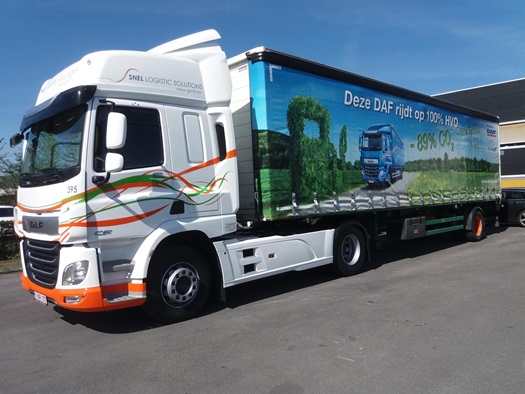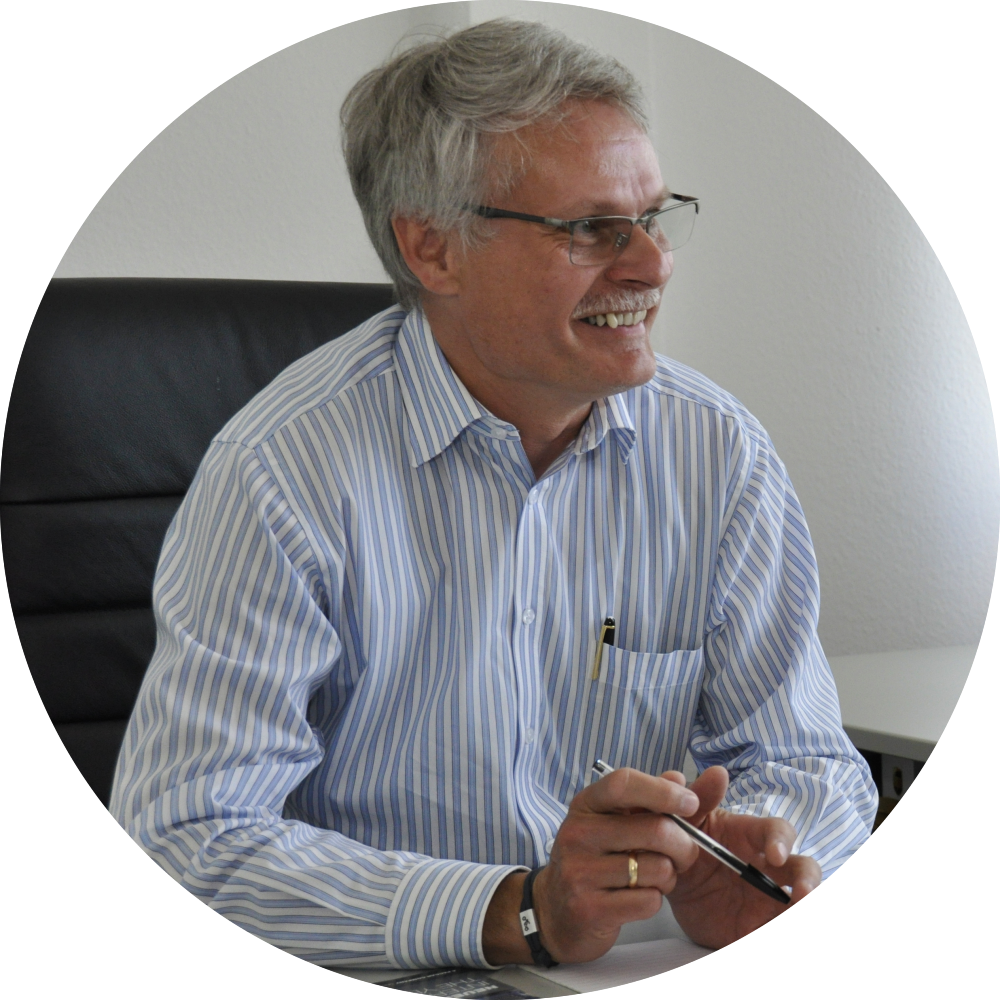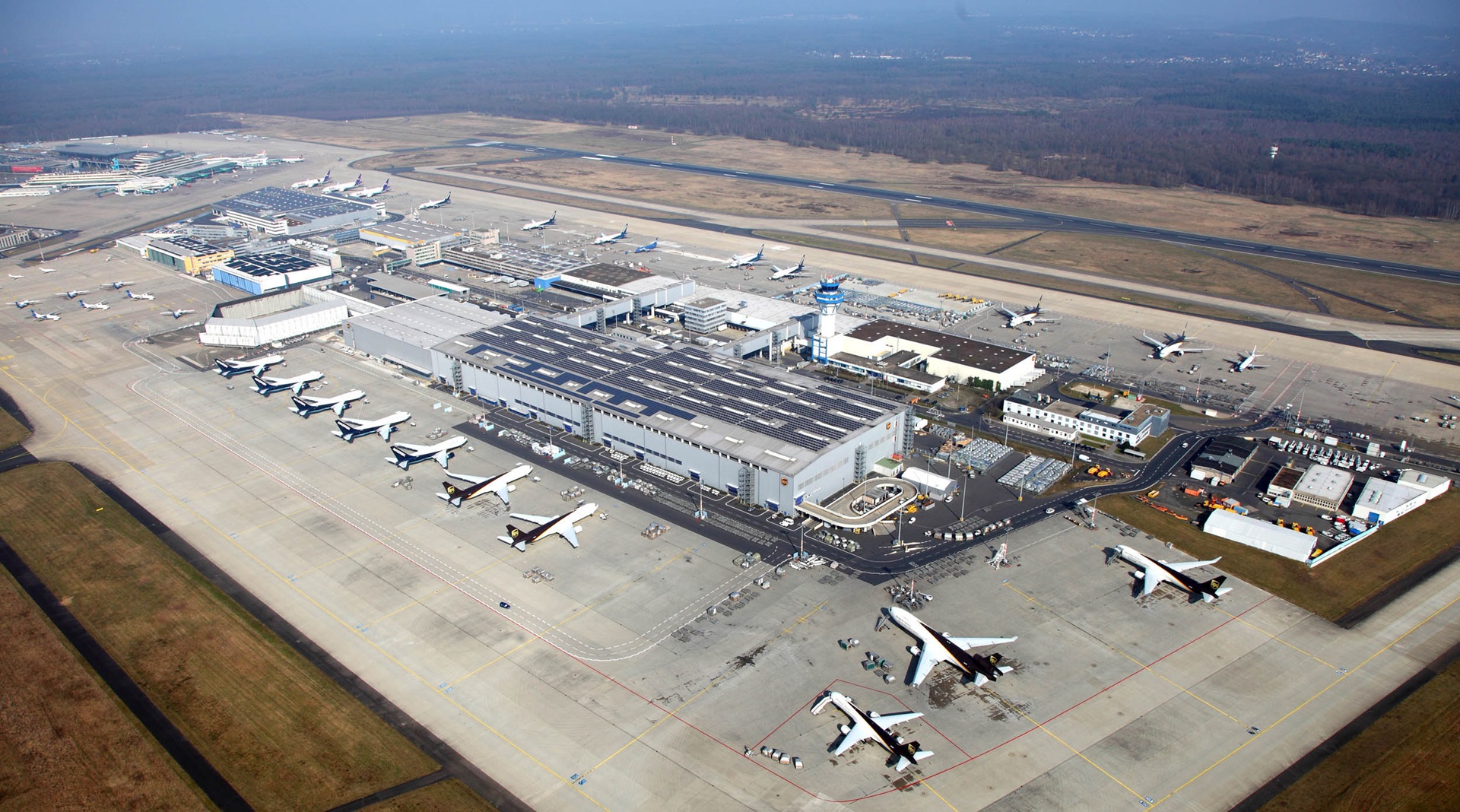
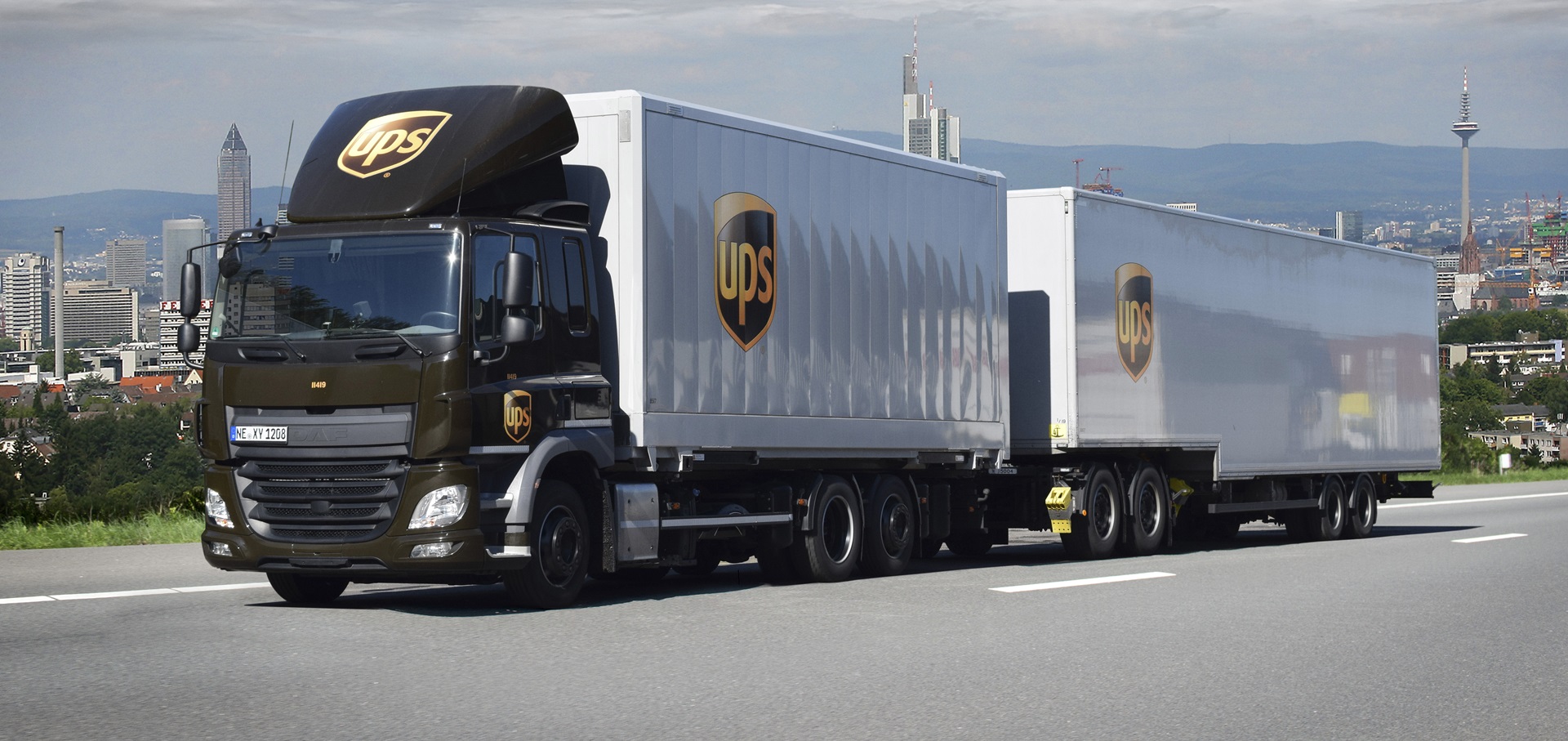
UPS
“We have to prove ourselves every day”
In a special themed issue about the history of DAF, it is only logical that the voices of customers who have a long relationship with the Dutch truck manufacturer should be heard. Like UPS, which took delivery of its first DAF in the 1980s. Today, over 400 LFs, CFs and XFs in Europe bear the characteristic and immediately recognizable colours of brown and gold.
UPS was founded almost 111 years ago in Seattle, USA. From a modest package service the company grew to become one of the world’s largest players in the field of logistics services and distribution. How big? Only last year UPS processed more than 5 billion shipments (see box).
“Everything that has wheels”
The German Ralf Eschemann is responsible for - as he says - “everything that has wheels” in Europe, Africa and the Middle East. This varies from bicycles to ground equipment for the gigantic aircraft fleet and from trucks to trailers and swap bodies. All in all, Eschemann has more than 18,300 transport units under his management. >
“In 1976, UPS started to expand its activities to Europe. In some cases through the acquisition of existing companies”, he says. “There were also companies that drove with DAF, when it was still a fairly small truck brand in Europe. On the basis of our good experience, the relationship with DAF has grown further.” Meanwhile UPS has DAFs in the fleet in all European countries where it is active: the light LF for, among others, for city distribution, the medium duty CF for the transport between the distribution centers and the XF for the longer distances.
Luxury-coach level
Of all three types, the CF is the most common in the UPS fleet. And the trucks are not spared: every day they are in use for 18 to 20 hours, in two shifts. “In the end, a truck is no more than a tool for us and the CF perfectly meets our requirements: durable, reliable, low operating costs”, says Eschemann. This does not mean, however, that UPS does not consider driver comfort to be important, he adds: “The spacious cab, the seating comfort, the wide bed, the automatic transmission, the air-suspended front axle, the low entry and the low noise level; the drivers love it. The comfort of DAF is at luxury-coach level.”
Maintenance
UPS carries out the maintenance for a large part in-house. Eschemann explains why: “Our vehicles have a very specific deployment area and often operate day and night. Together with DAF, we have adapted the maintenance schedules to our specific requirements. Our own workshops are fully set up for this and work in three shifts, almost around the clock. The quality level of the workshops is so high that they are also official DAF service workshops.”
Future
In order to become a company more than hundred years old, you have to keep looking to the future. And that is what UPS does. “We have to prove ourselves every day”, says Eschemann. “We are constantly looking for new technologies to become even better and faster, while at the same time being cleaner and more sustainable. I dare say that UPS is a driver in the transport industry. Our own engineering department works closely with manufacturers and other technology companies to research and develop alternative fuels, drive technologies, new transport concepts and newtechnologies. For example, we already had an electric 7.5 tonne truck based on our requirements in operation in 2010 and we also do a lot of research in the area of autonomous driving and platooning. We dare to think outside the box. For example, we have partnered with a company to develop drones that deliver medicines in remote areas in Africa.”
Relationship
In the lift downstairs, following the conversation, Ralf Eschemann continues. “When choosing our trucks, we mainly look at the Total Cost of Ownership: what does a truck cost me at the bottom line? But at least as important is the relationship with the manufacturer. DAF is characterized by short lines, trust and an informal atmosphere. Questions are answered quickly, any problems solved quickly.
DAF takes away your problems, just as we do with our customers.” ■
Brown
In the first few years, every UPS vehicle had a different colour. The idea behind it was that people would think that the company had a very large vehicle fleet. In 1919, UPS introduced the distinctive brown for its fleet. This colour scheme was inspired by Pullman luxury rail carriages. They radiated quality and UPS wanted to achieve the same. The brown colour that UPS uses has been specially developed for the company and may not be used by any other company.
UPS in numbers
-
Global turnover 2017: $ 66 billion
-
Number of packages delivered worldwide in 2017: 5.1 billion
-
Daily number of parcels delivered worldwide: 20 million
-
Number of employees worldwide: 454,000
-
Vehicle fleet worldwide: almost 118,000, of which more than 9,000 drive on alternative fuels
-
Aircraft fleet: 581 of which 241 are self-owned
Also interesting to read:
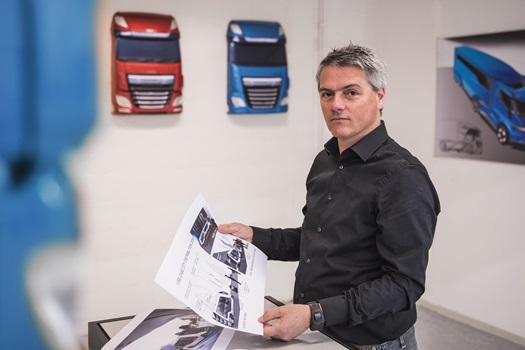
Urban distribution in 2050: Back to the future
Bart van Lotringen paints a quick picture of the various developments currently at play.
